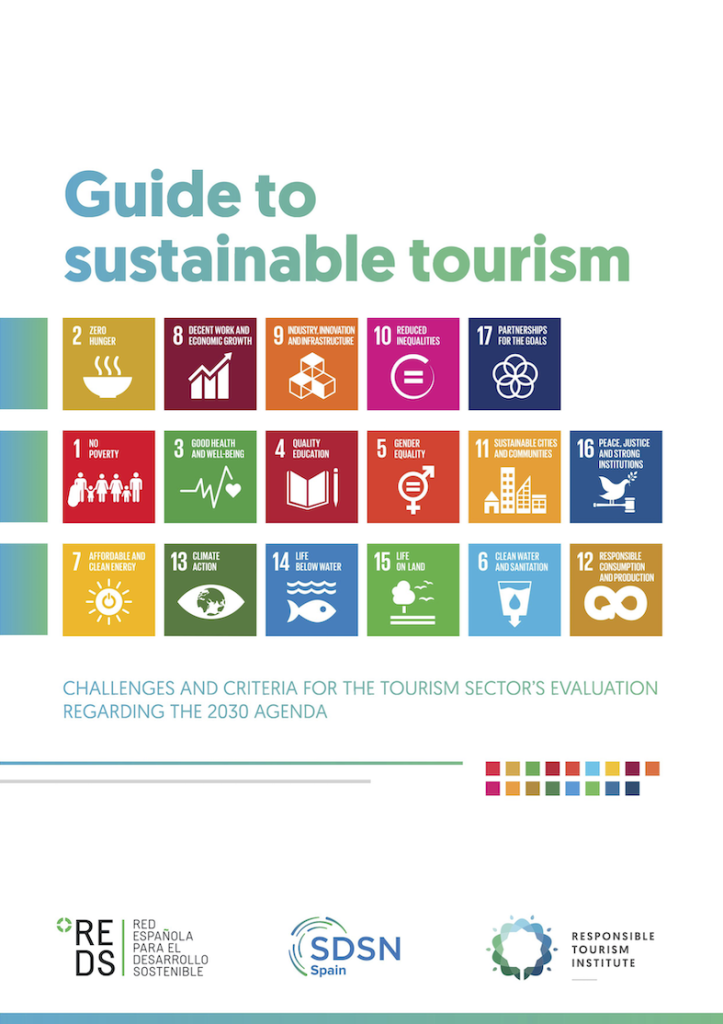
Sustainable Tourism Practices are crucial for the future of travel. Are you tired of the environmental damage caused by mass tourism? Do you want to explore the world without contributing to its destruction? Many travelers now seek authentic and meaningful experiences that benefit both themselves and the places they visit. This guide provides a comprehensive look at sustainable tourism, outlining practices that minimize your environmental footprint and maximize positive community impact. We’ll cover responsible planning, eco-friendly accommodations, and supporting local economies, empowering you to travel with purpose. Let’s dive in!
Understanding Sustainable Tourism Practices
Defining Sustainable Tourism
Sustainable tourism involves traveling in a way that minimizes negative impacts on the environment, respects local cultures, and contributes to the well-being of local communities. It’s about ensuring that tourism benefits the places we visit for generations to come. This differs from mass tourism, which often prioritizes profit over sustainability. The goal of sustainable tourism is to create a mutually beneficial relationship between travelers and destinations.
The Environmental Impact of Tourism
The tourism industry’s environmental impact is significant. Carbon emissions from transportation, water pollution from hotels, and habitat destruction from infrastructure development are all major concerns. The World Tourism Organization estimates that the industry generates a considerable amount of greenhouse gases annually. Many popular tourist destinations are facing environmental challenges due to unsustainable practices. However, by adopting sustainable practices, we can mitigate these impacts significantly.
The Socio-economic Impact of Tourism
Sustainable tourism also considers the social and economic aspects. In many destinations, tourism provides crucial income for local communities, but it’s important that this income is fairly distributed and doesn’t exploit local populations. Unregulated tourism can lead to displacement, cultural commodification, and social tensions. Sustainable tourism aims to create positive socio-economic benefits for the host community.
Related Post : The Ultimate Guide to Food and Dining Around the World
Responsible Travel Planning: Your Sustainable Journey Begins
Choosing Sustainable Transportation
Choosing transportation options with a lower carbon footprint is crucial. Consider trains, buses, or even cycling whenever possible, especially for shorter distances. When flying is necessary, opt for direct flights to reduce emissions and choose airlines with strong sustainability initiatives. Carpooling is also a good option for road trips, reducing the number of vehicles on the road.
Choosing Eco-Friendly Accommodation
Look for accommodations that demonstrate a commitment to environmental sustainability. These may include hotels that use renewable energy, implement water conservation measures, and source local food. Many eco-lodges and boutique hotels prioritize sustainable practices, often showcasing local culture and craftsmanship. Read reviews and look for certifications like Green Globe or LEED to verify their sustainability claims.
Planning Sustainable Activities
Prioritize activities that minimize environmental impact. Opt for walking tours, hiking, or kayaking instead of activities that use excessive resources or negatively impact wildlife habitats. Support local guides and businesses that prioritize cultural preservation and environmental protection. Choose tours that support local communities and prioritize sustainability.
Supporting Local Economies and Cultures
Shopping Locally
Instead of buying mass-produced souvenirs from chain stores, consider purchasing locally made crafts and products from local artisans and small businesses. This not only supports local economies but also helps preserve traditional skills and cultural heritage. Look for products made from sustainable materials and produced ethically.
Eating Local Food
Try local cuisine whenever possible. This reduces food miles, supports local farmers, and helps you experience the authentic flavors of the destination. Look for restaurants that source ingredients locally and sustainably. Many restaurants now highlight locally sourced ingredients on their menus.
Engaging with Local Communities
Engage respectfully with local communities, learning about their customs and traditions. Participate in cultural activities offered by local communities; always remember to be respectful of cultural norms and traditions. Support local initiatives that promote sustainable development and community well-being.
Minimizing Your Environmental Footprint
Reducing Waste
Reduce your waste by carrying a reusable water bottle, coffee cup, and shopping bag. Avoid single-use plastics whenever possible. Properly dispose of waste in designated bins, and consider participating in local waste reduction programs. Small changes can make a big difference.
Conserving Water and Energy
Conserve water and energy in your accommodation by taking shorter showers, turning off lights when leaving the room, and unplugging electronics when not in use. Be mindful of resource consumption throughout your trip, making conscious choices to reduce your environmental footprint.
Respecting Wildlife and Nature
Respect wildlife and natural environments. Avoid disturbing animals or their habitats, and stick to designated trails. Support organizations that work to protect endangered species and natural habitats. Leave no trace behind and leave the environment as you found it.
Measuring the Impact of Sustainable Tourism
Evaluating Sustainable Tourism Initiatives
Various organizations are working to evaluate and certify sustainable tourism initiatives. These organizations offer guidelines and standards, promoting responsible practices and evaluating tourism operations on environmental, social, and economic factors. Certifications such as Green Globe and LEED help travelers identify accommodations and businesses committed to sustainability.
Tracking Progress and Improvement
Tracking progress and improvement in sustainable tourism is an ongoing process. Data analysis, stakeholder engagement, and regular monitoring are crucial aspects. This helps to inform future strategies and ensure that tourism’s positive and negative impacts are assessed continually.
The Future of Sustainable Tourism
The future of sustainable tourism requires continued efforts from governments, businesses, and travelers alike. Collaboration, innovation, and a commitment to long-term sustainability are crucial for preserving our planet and enriching the travel experience for future generations.
In conclusion, embracing sustainable tourism practices is not merely a trend; it’s a necessity for preserving our planet’s beauty and ensuring the well-being of local communities. By following the principles outlined in this guide – from responsible travel planning to supporting eco-friendly businesses – we can collectively contribute to a more sustainable and enriching travel experience for all. Let’s choose to travel responsibly and make a positive impact on the world.